
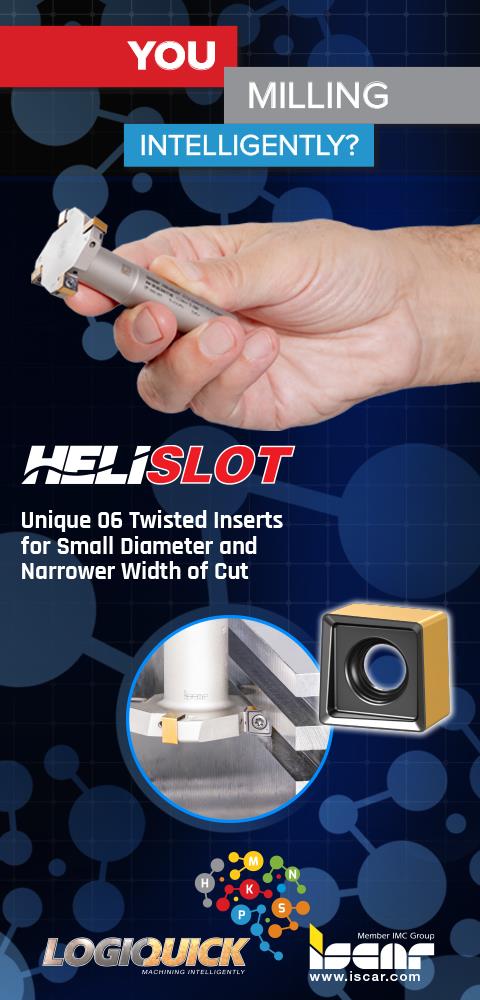
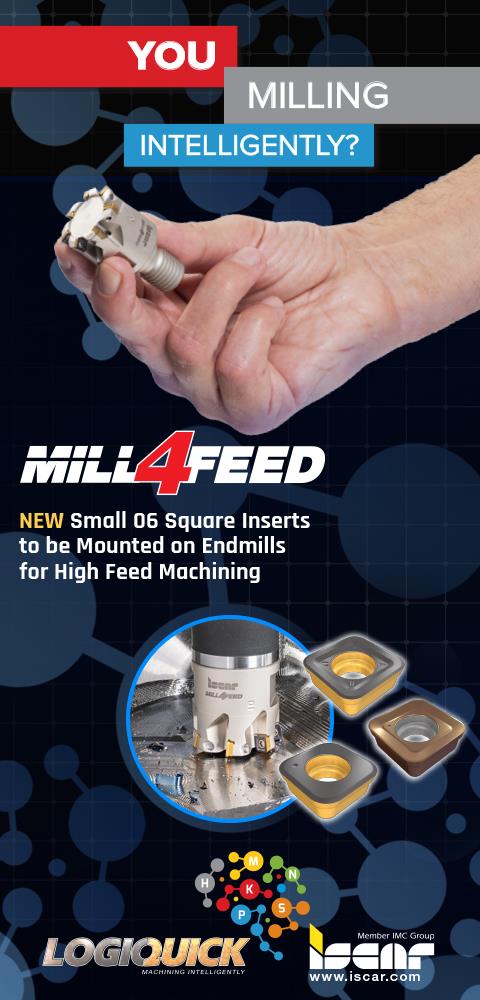
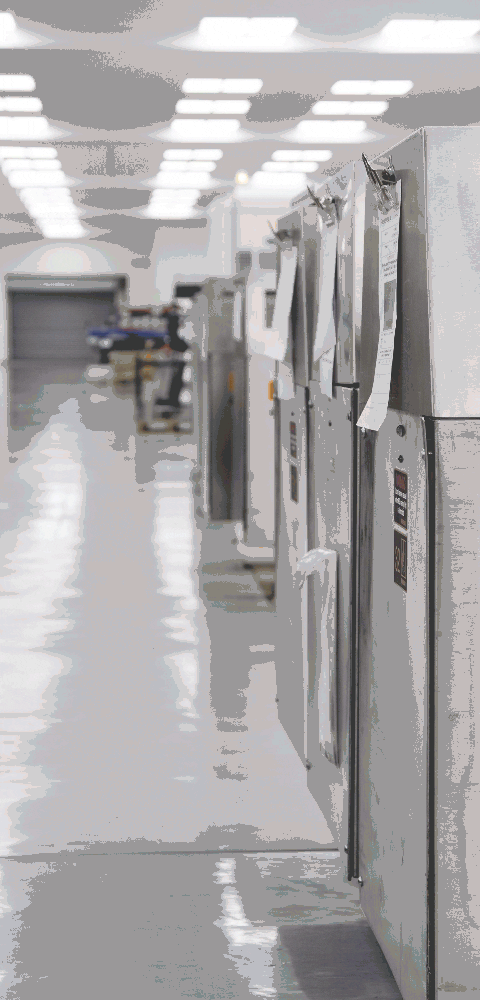
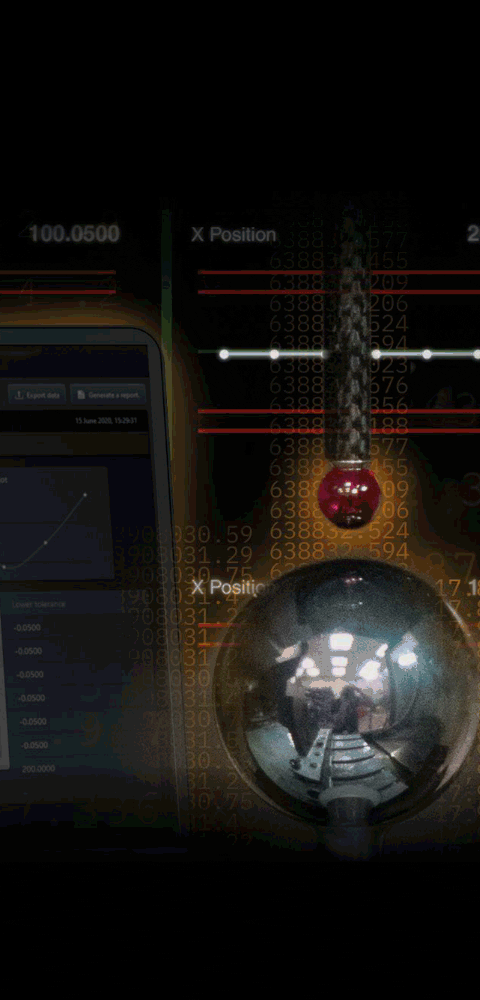

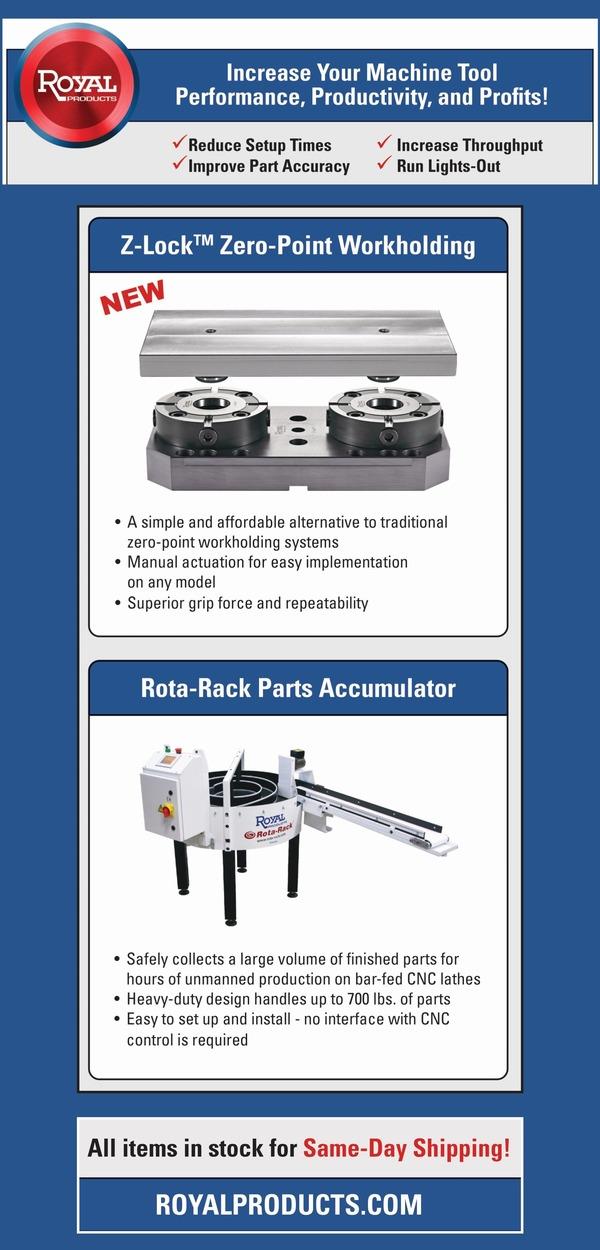
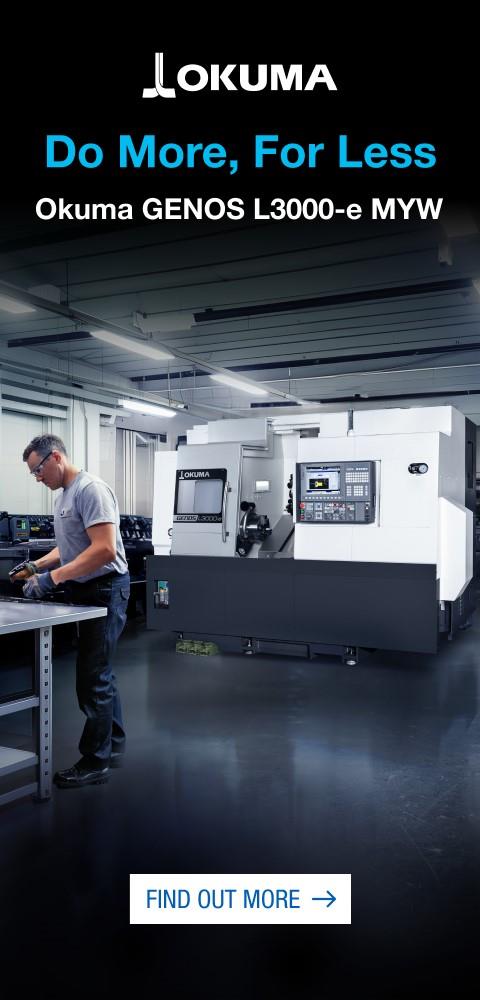
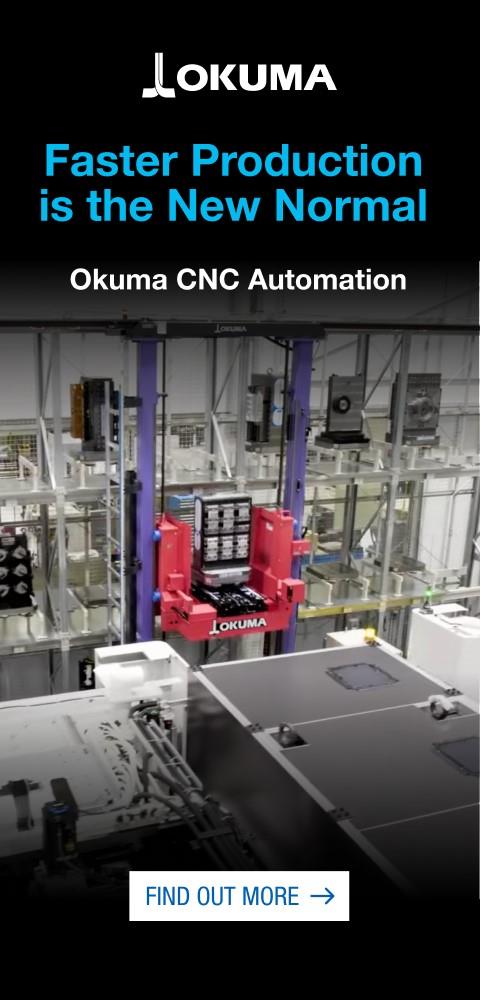
PBC Linear to Demo Deeper CNC Integration for Applied Cobotics Cobot Feeder
September 14, 2023PBC Linear (Pacific Bearing Company), a global provider in linear motion solutions, has announces that it will demonstrate deeper CNC integration for its Applied Cobotics Cobot Feeder at FABTECH 2023, in the Universal Robots (UR) booth B17063 in Chicago, September 11-14.
The Cobot Feeder, a CNC machine feeding application kit that delivers and stages parts to be placed into a machining process, received UR+ partner certification earlier this year. It includes a base storage-and-retrieval unit with an UR cobot pedestal, an enclosed steel rack dunnage tower with a 17-tray capacity that safely stores up to 50 pounds of material, an HMI touchscreen display for easy lift control, Ethernet IP, Modbus and standard UR cobot communications. By reliably loading and unloading dunnage trays that an UR cobot can consistently access, this versatile CNC machine-tending tool provides a standardized platform for storing, staging and delivering parts into a position that the UR cobot can reach for loading and unloading.
The Cobot Feeder demonstration combines a UR10e with a Flexxbotics FlexxCNC to control the process of loading and unloading trays of PBC Linear FL-12 bearings into a pneumatic vise. The modular, flexible and easily retaskable Cobot Feeder empowers one machinist to do the work of up to eight while also increasing the amount of raw materials available to cobot machines tending workcells.
“By increasing the amount of raw materials to a workcell, the Cobot Feeder’s 17-tray, high-density, part-storage solution enables a machining, welding, stamping, forming or deburring center to operate for longer periods of time without human interaction, significantly increasing productivity by up to 300% or more,” explained Beau Wileman, Applied Cobotics and 3D Platform Product Manager, PBC Linear. “In many cases, this means a cobot workcell operating 8 hours a day during normal business operations can continue to work through shifts two and three, providing lights-out operation around the clock. This considerably increases the cobot workcell’s productivity, while overcoming the ‘labor gap’ in machine tending manufacturing operations.”
For more information, contact:
Universal Robots
www.universal-robots.com
< back